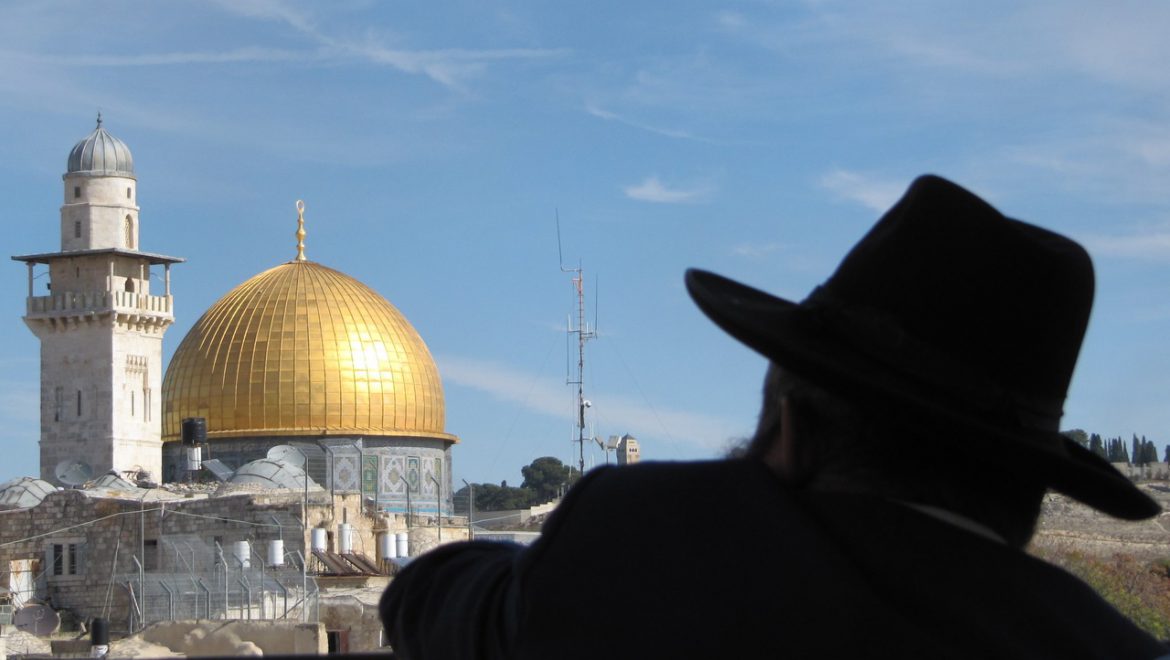
In this academic article (14 pages), Professor Ora Limor from the Department of History, Philosophy and Judaic Studies at the Open University explores how believers of different religions share sacred sites. Arguing that the more deeply the traditions of sanctity are associated with multiple religions, the greater the challenges in sharing the space, as each group struggles to affirm its exclusive claim to the site. In order to explore this hypothesis, Limor examines two sacred tombs in Jerusalem: the Tomb of King David on Mount Zion and the Tomb of Huldah the Prophetess, Saint Pelagia or Rabi’a al-‘Adawiyya on the Mount of Olives. After presenting the main characteristics of each tomb and its significance in the different religions, she compares and explains the reasons behind the very different ways in which these holy sites are “shared,” showing how sharing sacred spaces can either build bridges or create barriers, depending on the location of the site and its importance to each tradition.


